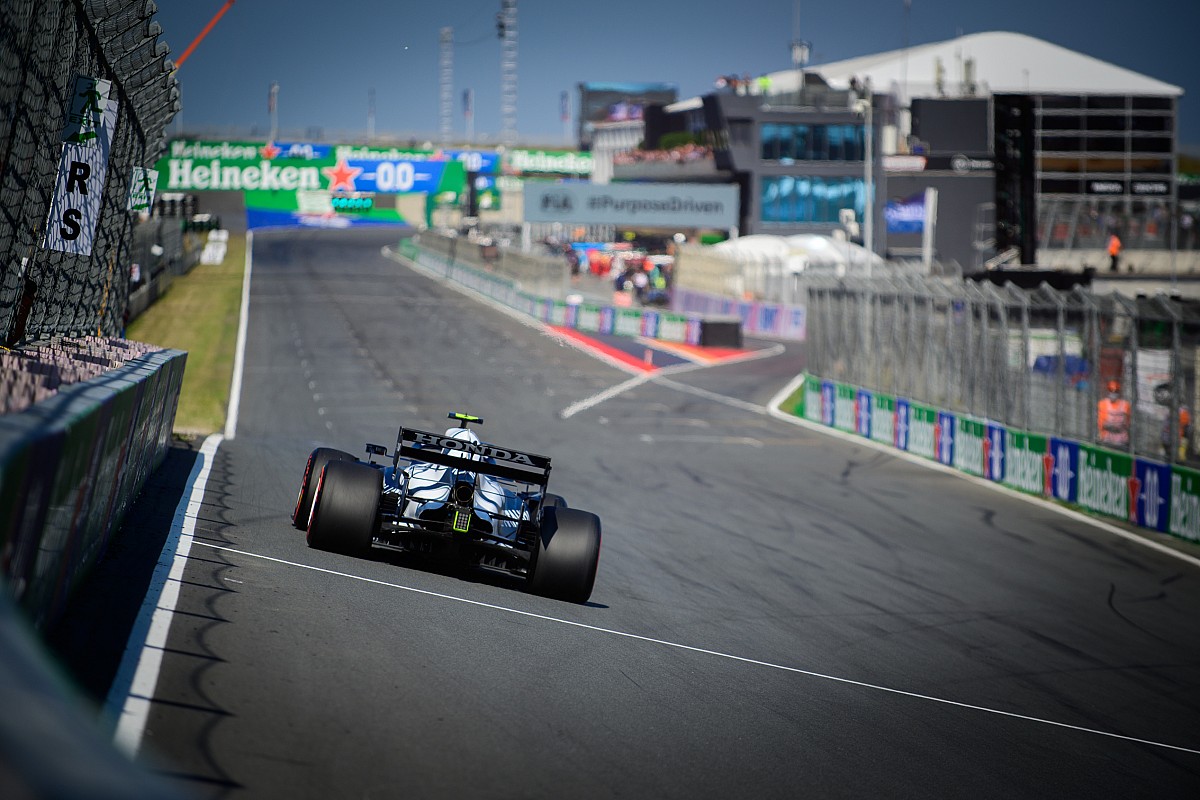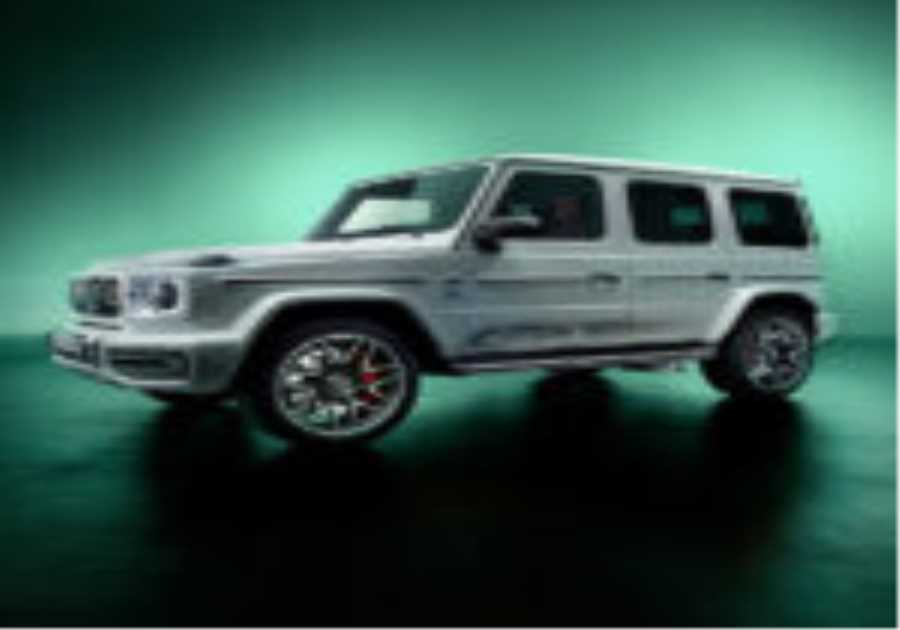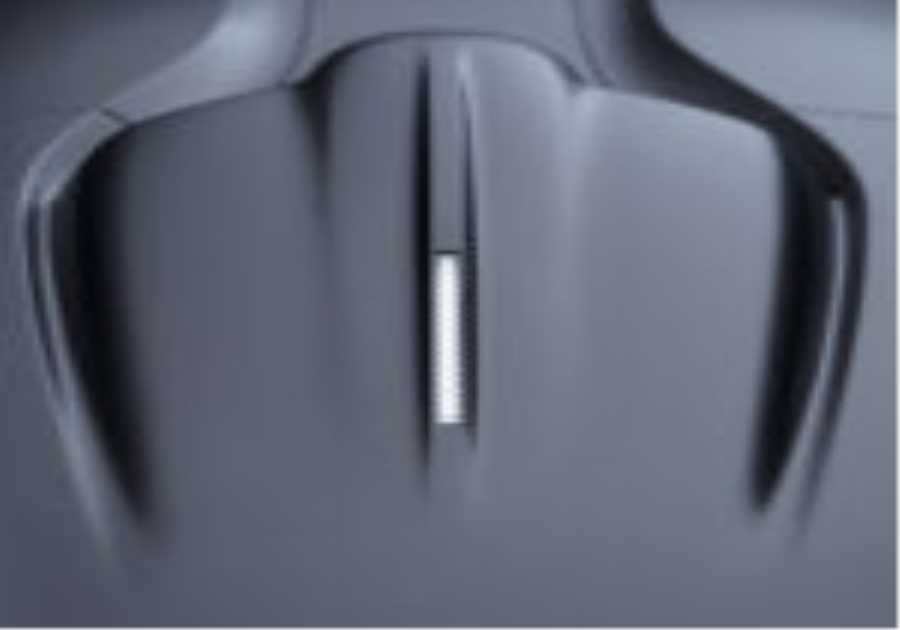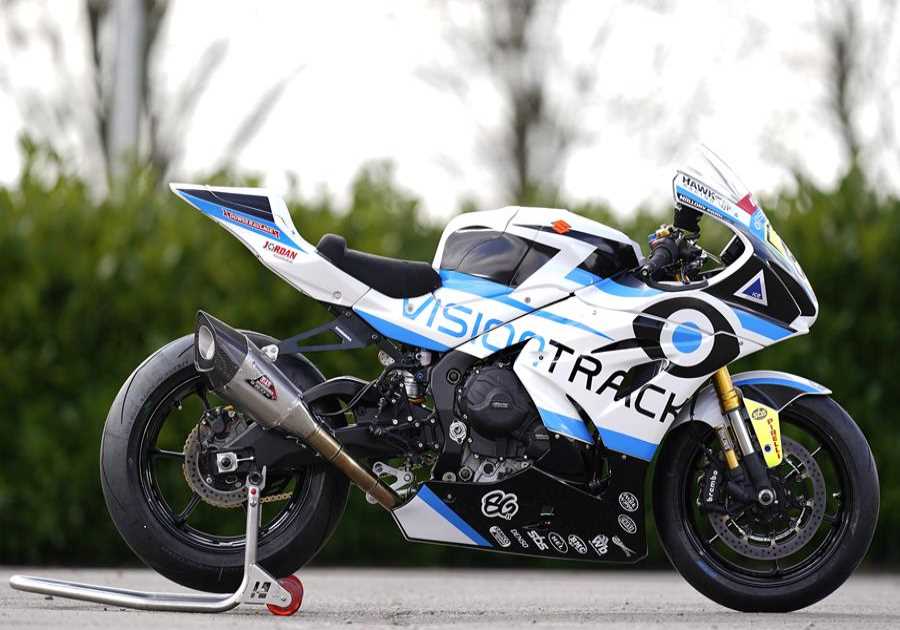
The lean angle was designed with the intention that drivers could open DRS upon entry and thus have a better chance of overtaking on the following straight.
However, after studying simulations of grip and downforce levels, the FIA preferred to take a conservative approach to the first event in order to collect some real-world data.
The relative lack of overtaking maneuvers in the Sunday race, as has been widely predicted, has sparked a debate about how it could be improved.
The F1 rules package 2022 was developed to allow the cars to follow more closely and Brawn would like DRS to be used on the embankments, which further improves the chances of overtaking on the Dutch circuit.
“Hopefully if we’ve looked at all of the data, we can hopefully go back to our original idea of having DRS from the start of banking, which will help a little,” Brawn told Motorsport.com after the race.
“It was conservative. We as F1 didn’t think there was a problem, but we wanted to be conservative. I think we are much more comfortable with the data we have and that will be an option.”
“But there were overtaking maneuvers that you could do. It was tough, but it could happen, that was great.”
FIA Race Director Michael Masi confirmed that the FIA wanted to be cautious for the inaugural race but is open to change for next year.
“As always with DRS, we do some simulations and work with what is within the tolerances we have,” said the Australian.
“Banking was completely unknown here, [so it was] Let’s go through an event, collect a lot of data from practice, qualifying, race and then be in a better position like we do with DRS zones on all events and then we check it and see if we need to make any changes and how we can make changes for the following year.
“As with everything, you can simulate things as often as you like, [but you need] a practical understanding of what happened in real life. And we have that now. “
Sergio Perez, Red Bull Racing RB16B
Photo by: Andy Hone / Motorsport Images
Masi said he had no concerns about the 2021 data that translates into next year’s F1 aerodynamics regulations.
“I think it’ll still give us a pretty good hint. So yeah, it’s a completely different car, a completely different aero package. But I think based on what we have it still gives us one pretty good reference to the windows. ” , and what we can work with. “
Mercedes team boss Toto Wolff agreed that an expanded DRS zone would be a positive step for the event.
“I think the race is almost a 10 overall,” Wolff told Motorsport.com. “If we were able to open DRS at the beginning of the banking, it is not only spectacular, but also offers another opportunity to overtake.
“I completely understand this year, you don’t know, and it’s the first time you’ve been banking that fast.
“I think the cars will change completely next year, but we know what we want to achieve and there are a lot of overtaking areas and I’m really looking forward to opening DRS before the corner.”






